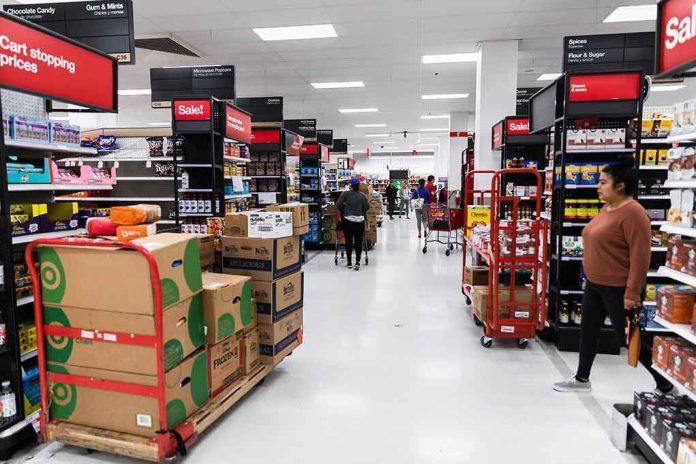
Record-breaking Black Friday crowds faced fewer bargains and higher prices, leaving many Americans frustrated by the lack of real savings.
Story Snapshot
- Black Friday 2024 saw record in-store and online participation, with 81.7 million shoppers hitting stores.
- Online sales reached $10.8 billion, a 10.2% increase from last year, but shoppers found fewer deep discounts.
- Consumers reported higher prices and less aggressive promotions, driven by persistent inflation and cautious retailers.
- Mobile shopping accounted for over half of online sales, reflecting a continued shift in consumer habits.
- Experts warn that Black Friday’s reputation as a source of big bargains may be eroding amid ongoing economic pressures.
Record Crowds, Fewer Deals
The 2024 Black Friday shopping season shattered previous records for both in-store and online participation, with 81.7 million Americans shopping in person and $10.8 billion spent online.
Despite the surge in turnout, shoppers encountered fewer significant discounts and higher prices compared to previous years. Retailers, facing inflation and tighter profit margins, scaled back on deep promotions, leading to a paradox of record crowds but diminished perceived value for many consumers.
The National Retail Federation confirmed that while participation was at its highest since the pandemic, the pace of sales growth slowed, with holiday sales projected to rise just 3.7–4.2% this year.
Shifting Consumer Behavior
Consumers are increasingly price-sensitive, with many delaying or reducing purchases due to the lack of compelling deals. Analysts note that while overall spending is up, the average spend per shopper is down, reflecting cautious consumer behavior. Mobile shopping continues to grow, accounting for over half of all online sales, as shoppers seek convenience and flexibility.
Retailers are balancing inventory management with the need to attract customers, resulting in fewer doorbuster deals and more modest promotions. This shift is reshaping expectations for the holiday shopping season, with many shoppers reporting that the traditional value proposition of Black Friday is under strain.
Long-Term Implications
The trend of fewer bargains amid record crowds could have lasting effects on Black Friday’s reputation and retail traditions. Experts warn that persistent high prices may erode consumer trust in holiday promotions, especially among price-sensitive households. Small retailers may struggle to compete with larger chains and online giants, while logistics and delivery services face heightened demand.
Slower sales growth could signal broader economic caution heading into 2025, and policymakers are monitoring retail trends as indicators of consumer confidence and inflationary pressures. The evolving landscape of Black Friday reflects the ongoing impact of inflation and changing consumer habits on the US economy.
Sources:
Driveresearch: Black Friday Holiday Shopping Statistics
Inquirer: Black Friday US Retailers Fewer Bargains
Podbase: Black Friday Statistics
Chain Store Age: Deloitte Black Friday Cyber Monday Spending Dip





